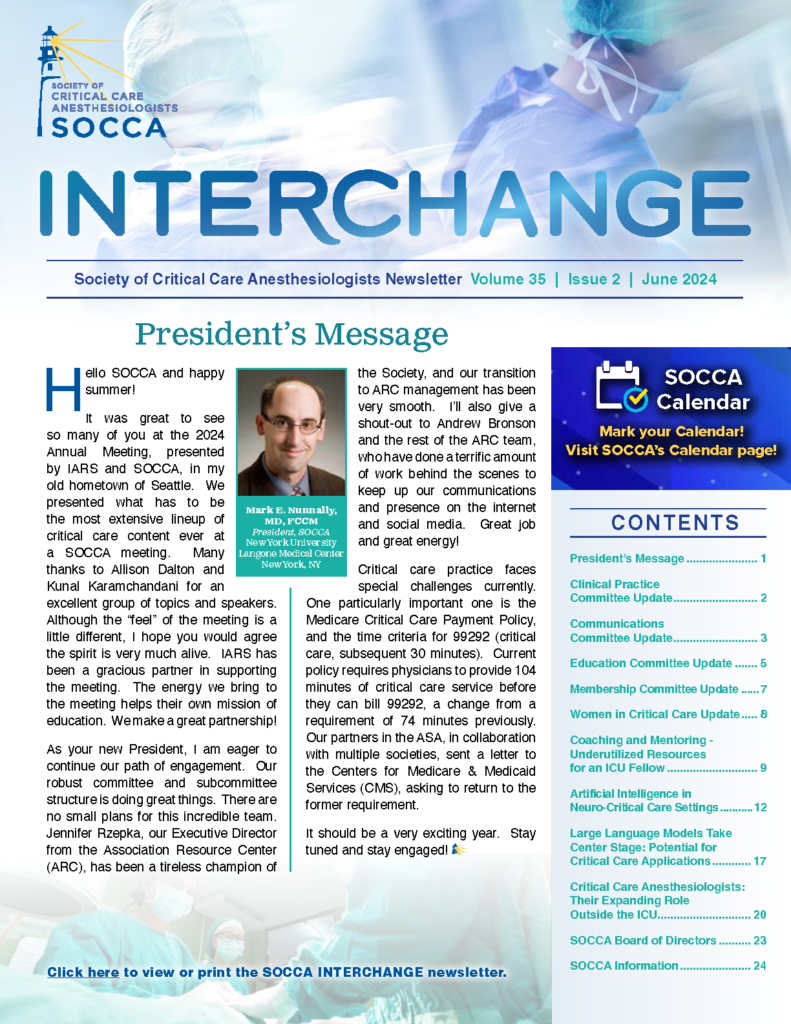Family Visitation at End of Life in the Intensive Care Unit During a Pandemic
COVID-19 has drastically changed how end-of-life care is practiced in the intensive care unit (ICU). Safety concerns for society limits family visitation but is contrary to patient and family-oriented care. This article provides an ethical analysis of the pros and cons of having family members present at the death of a critically ill patient with COVID-19 and provides a framework that can be used in future surges.
Ethics of family visitation
Is it ethical to deprive families from being present at the bedside of a dying patient with COVID-19? This article will argue that considerations pointing towards a more relaxed policy of family visitation simply outweigh those pointing towards a stricter policy, especially when contextually scrutinized against the stakes of decision-making. The following sections are divided into the rationale for visitation limitations, the impacts of the current strict visitation scenario in place at some institutions, arguments against such policies, and finally proposed solutions.
Why is not allowing families at the bedside of a dying patient harmful?
Limitations to patient visitation are commonplace internationally to reduce the risk of disease to and from visitors, patients, and healthcare workers. This has marked an abrupt change from the nearly-universally accepted contributions of family and loved ones to patient- and family-centered care, which have been championed by major professional organizations. Such restrictions grew out of an early dearth of information about how SARS-CoV-2 was spread and steps by which this spread could be mitigated. Additionally, intermittent PPE supply chain limitations would have placed an undue burden on healthcare facilities to adequately equip visitors. As our knowledge has evolved, it is now clear that simple procedures (e.g., universal masking) can help to mitigate the transmission of SARS-CoV-2 without the use of sophisticated PPE. However, the restrictive nature of some visitation policies has not evolved in response to this knowledge. While some centers have adopted tiered visitation protocols linked to community epidemiology indicators, such approaches may clamp down on visitation when it is needed most: amidst the influx of patients during times of heightened community spread.
Why should we allow families at the bedside of a dying patient?
The ethics of end-of-life care rely on empathy and emotional responsiveness. Getting families through the difficult stage of accepting the prognosis, building rapport and trust, and progressing through the stages of grief to let go peacefully all require time and multiple interactions between the care team(s) and family members 1. The presence of family members at the bedside of a dying patient in the ICU is not only comforting for the patient, even if they are minimally conscious, but is also comforting for the families and enhances the quality of end-of-life care being delivered 2. This experience can provide closure and acceptance in ways that any amount of distanced communication alone may not offer 3. Families also feel some sense of participation and control when they are able to offer solace to the patient, even if the patient is unconscious 4. This compassion for the family members comes from an active regard for another’s welfare with sympathy, tenderness, and emotional involvement. Good clinical care requires this insight, and a physician who acts according to clinical norms without aligned concern and sympathy for the suffering person and their families may seem non-compassionate. We owe something to the families without a direct duty of care in this unique context. This obligation arises from current constructs of justice and commitment, which encapsulates patient-family-healthcare provider relationships 5. These difficult decisions are traditionally made face-to-face and with family members having access to the patient 6.
Conclusion
Without the widespread dissemination of a vaccine, the threat of another COVID-19 wave looms in the future. In such a scenario, institutions and hospitals must remain prepared with infection control policies in place. Given that the downsides of restricting visitation do not outweigh our current ability to mitigate the risks, these should include family visitation in general and presence during end of life care in particular. If such policies entirely preclude family visitation, there will be much greater grief for countless people. Having families present to say goodbye to their loved ones is ethically justified, and it is therefore the responsibility of the health care teams and organizations to make this possible.
References
- Oczkowski SJ, Chung HO, Hanvey L, Mbuagbaw L, You JJ. Communication tools for end-of-life decision-making in the intensive care unit: a systematic review and meta-analysis. Crit Care. 2016;20:97. Published 2016 Apr 9. doi:10.1186/s13054-016-1264-y
- Rawal G, Yadav S, Kumar R. Post-intensive Care syndrome: an overview. J Transl Intern Med. 2017;5(2):90–2.
- Hartog CS, Reinhart K. Staff and family response to end-of-life care in the ICU. Curr Opin Anaesthesiol. 2018;31(2):195‐200.doi:10.1097/ACO.0000000000000557
- Osborn TR, Curtis JR, Nielsen EL, Back AL, Shannon SE, Engelberg RA. Identifying elements of ICU care that families report as important but unsatisfactory: decision-making, control, and ICU atmosphere. Chest. 2012;142(5):1185‐1192.
- Holmvall C, Twohig P, Francis L, Kelloway EK. Applying justice and commitment constructs to patient-health care provider relationships. Can Fam Physician. 2012;58(3):e159-e165.
- Lautrette A, Darmon M, Megarbane B, et al. A communication strategy and brochure for relatives of patients dying in the ICU [published correction appears in N Engl J Med. 2007 Jul 12;357(2):203]. N Engl J Med. 2007;356(5):469‐478. doi:10.1056/NEJMoa063446




































